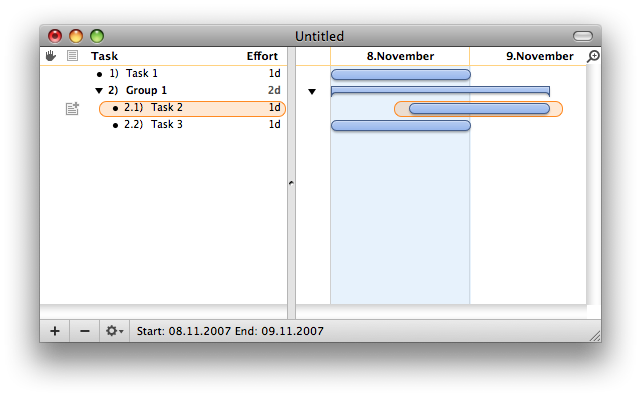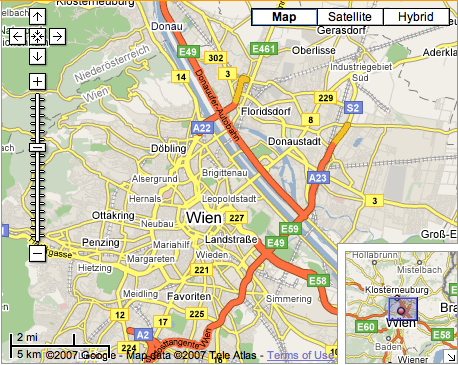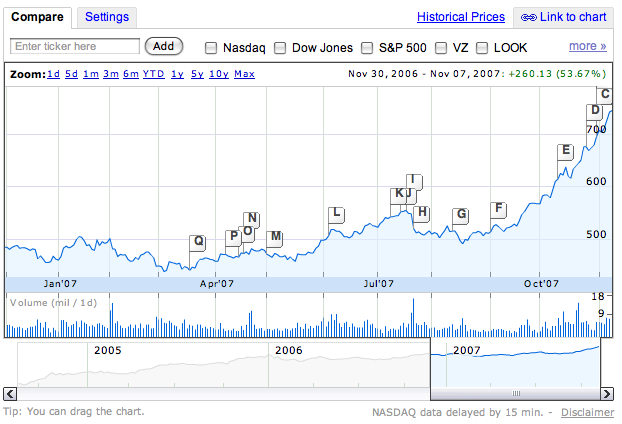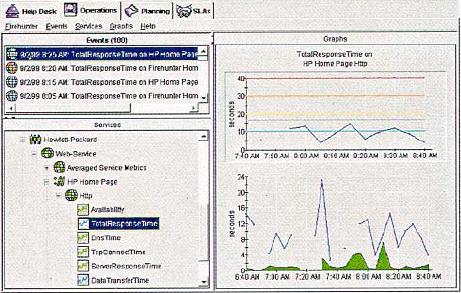Teaching:TUW - UE InfoVis WS 2007/08 - Gruppe 01 - Aufgabe 1 - View Relationships
A multiple view system uses two or more distinct views to support the investigation of a single conceptual entity. Many such systems exist, ranging from computer-aided design (CAD) systems to overview-plus-detail systems that show both and overview for context and a zoomed-in-view for detail.
Multiple view system offers a variety of benefits. For example improved user performance or discovery of unforeseen relationships. In general, they can help in performing Visual Information Seeking Tasks as defined by Ben Shneiderman in his Task by Data Type Taxonomy [1] like gaining an overview of a collection, viewing details on demand, or viewing relationships among items.
However, multiple view systems are highly challenging to design. They often use sophisticated coordination mechanisms and layout. In addition, subtle interactions among the many dimensions of the design space complicate design decisions.[2]
Definitions[edit]
- A single view of a conceptual entity is a set of data plus a specification of how to display that data visually.
- Views are distinct if they allow the user to learn about different aspects of the conceptual entity.
- A multiple view system uses two or more such distinct views to support the investigation of a given conceptual entity.
Model[edit]
Multiple view systems are based on three dimensions: selection of views, presentation of views, and interaction among views.
Selection[edit]
The first phase in the design process is to choose a set of views to be used in a coordinated fashion.
Presentation[edit]
Once a set of views has been chosen, the designer needs to decide how the views will be presented, e.g., sequentially or simultaneously. If the views appear at once, there are many possible combinations of these views on the screen.
Interaction[edit]
Each view may have independent affordances, e.g., selection or navigation capabilities. There are several common interaction techniques concerning the relationship between multiple views:
- Navigational Slaving: Movements in one view are automatically propagated to other views.
- Linking: Data in one view is connected to data in another view. A specific type of linking is brushing, in which the user highlights items in one view and the corresponding items in another view are highlighted by the system.

Both, slaving and linking are typically governed by a coupling function that specifies a mapping from objects or navigational position in one view to objects or navigational position in another view.
Design Rules[edit]
Designers of multiple view systems necessarily begin by establishing a clear understanding of the user´s task. The following rules present a guideline for designers to fulfill the user´s needs.
Space/Time Resource Optimization[edit]
Presenting multiple views sequentially can save display space, but presenting multiple views at once can save time when comparing views, therefore:

Self Evidence[edit]
Perceptual cues can move view registration/alignment from the realm of cognition to the realm of perception, so users can learn more quickly, therefore:

Consistency[edit]
The additional complexity introduced by multiple views must be balanced by ease of learning, which is facilitated by consistency and can make comparisons easier, therefore:
Attention Management[edit]
When events occur which require the user's attention, perceptual techniques can direct the user to a salient view, therefore:

Using a Multiple View System in a Virtual Environment[edit]
A dataset can be viewed with multiple viewing options:
- Spatial Mode for an overview of the spatial relationship of the transmitters.
- Abstract Mode to recognize patterns in communication relation.
- Hierarchical Mode for viewing the structural organization of the participating communicators.
Each of the views is used to extract different types of information hidden in the data. It is possible to switch between these views and tools can be selected to interpret the data set. [7]
References[edit]
- ↑ Ben Shneiderman, The Eyes Have It: A Task by Data Type Taxonomy for Information Visualizations. In Proceedings of the IEEE Symposium on Visual Languages, pages 336-343, Washington. IEEE Computer Society Press, 1996. http://citeseer.ist.psu.edu/409647.html
- ↑ Michelle Q. Wang Baldonado, Allison Woodruff, and Allan Kuchinsky.: Guidelines for Using Multiple Views in Information Visualization. Advanced Visual Interfaces (AVI2000), pages 110–119, Palermo, Italy, May 2000. ACM Press.
- ↑ Michelle Q. Wang Baldonado, Allison Woodruff, and Allan Kuchinsky.: Guidelines for Using Multiple Views in Information Visualization. Advanced Visual Interfaces (AVI2000), pages 110–119, Palermo, Italy, May 2000. ACM Press.
- ↑ Michelle Q. Wang Baldonado, Allison Woodruff, and Allan Kuchinsky.: Guidelines for Using Multiple Views in Information Visualization. Advanced Visual Interfaces (AVI2000), pages 110–119, Palermo, Italy, May 2000. ACM Press.
- ↑ Michelle Q. Wang Baldonado, Allison Woodruff, and Allan Kuchinsky.: Guidelines for Using Multiple Views in Information Visualization. Advanced Visual Interfaces (AVI2000), pages 110–119, Palermo, Italy, May 2000. ACM Press.
- ↑ Michelle Q. Wang Baldonado, Allison Woodruff, and Allan Kuchinsky.: Guidelines for Using Multiple Views in Information Visualization. Advanced Visual Interfaces (AVI2000), pages 110–119, Palermo, Italy, May 2000. ACM Press.
- ↑ Andre Hinkenjann; Using a Multiple View System in a Virtual Environment to Explore and Interpret Communication Data Sets; GMD, Department of Virtual Environments, Sankt Augustin, Germany.
See also: Linking and Brushing